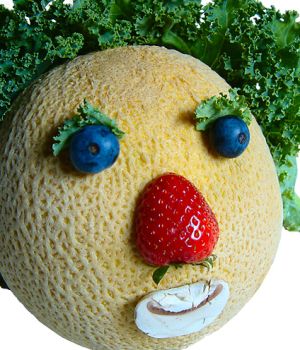Chris Koger of The Packer writes that watermelon growers insist there’s no food safety risk involved without hairnets, and that a majority of watermelon shippers pack in pole barns.
So how to reconcile the demands of the U.S. Food Safety Modernization Act and auditor requirements?
Courtney Cox, who as director of quality assurance for Primus AuditingOps, follows up on grower complaints stemming from third-party audits by her company, told the National Watermelon Association’s Convention the single most common non-compliant issue in the watermelon industry — with 76% of facilities — is the mandate for four walls.
Several in attendance also pointed out that no retailer demands their own employees wear hairnets when handling watermelons.
NWA executive director Bob Morrissey told growers he plans to follow up with Azzule Systems — owns the PrimusGFS auditing scheme – adding, “I assure you from the association level we are going to aggressively approach (Azzule) to discuss these things. We need to get to some point where these audits are making common sense and stop with these expectations that are unrealistic, that are not only causing (growers-shippers) harm, but are causing them money.”






 number of people became unwell after eating watermelon. This has also been noted in the cases in Scotland and Germany although further investigation is ongoing.
number of people became unwell after eating watermelon. This has also been noted in the cases in Scotland and Germany although further investigation is ongoing. rash of exploding watermelons in eastern China.
rash of exploding watermelons in eastern China. In my current neck of the woods summer is approaching. I’ve decided only the oldies station will play in my pimpin’ ride, and I’ve been purchasing strawberries and watermelon on every trip to the grocery store. Nothing says summer like fresh melon(s).
In my current neck of the woods summer is approaching. I’ve decided only the oldies station will play in my pimpin’ ride, and I’ve been purchasing strawberries and watermelon on every trip to the grocery store. Nothing says summer like fresh melon(s). Ryan Van Groningen of Van Groningen & Sons Farms, which sells watermelons under the Yosemite Fresh brand, said,
Ryan Van Groningen of Van Groningen & Sons Farms, which sells watermelons under the Yosemite Fresh brand, said, Great idea.
Great idea.  The Thunder Bay District Health Unit
The Thunder Bay District Health Unit Brianna, along with most of the other 140 people who were sickened in the outbreak, consumed watermelon that had been cross-contaminated with raw meat.
Brianna, along with most of the other 140 people who were sickened in the outbreak, consumed watermelon that had been cross-contaminated with raw meat.